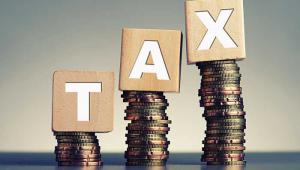Its report said the average female worker earns almost 15% less than her male counterpart, a rate that has barely changed since 2010. It urged member countries to invest more in female leadership opportunities and to do more to “narrow, and ultimate close, gender gaps”.
Although many countries are now prioritising issues such as violence against women, the gender wage gap and the unequal share of unpaid work, gender gaps persist across areas of social and economic life, the OECD argued.
“The pursuit of gender equality must be a priority to achieve sustainable, inclusive growth for the benefit of every citizen,” OECD chief of staff Gabriela Ramos said at the report’s launch.
“There is no reason for women to trail behind men in social, economic, and political outcomes. Countries need to do more to reach the gender equality goals.”
According to the OECD, just 33% of managers in central government are women and 29% of seats in national legislatures are held by women.
The report noted that most OECD countries have made progress in tackling workplace harassment with stronger laws and regulations, and several countries, including Australia, Germany, Italy, Japan, Mexico and the UK, have introduced measures to encourage more young girls to go into science, technology, engineering and manufacturing (STEM) careers.
Since 2013, about two-thirds of OECD countries have implemented new equal pay policies, including greater transparency on pay rates, and many have introduced measures to improve equal access to childhood education.
The OECD said there was a strong economic case for action. “Reducing the gender gap in labour force participation by 25% by 2025, as agreed by G20 leaders, could add 1% point of growth to projected baseline GDP growth across the OECD over the period 2013-25, and almost 2.5% points if gender participation gaps were halved by 2015.”







